#BRITISH LEYLAND
Text
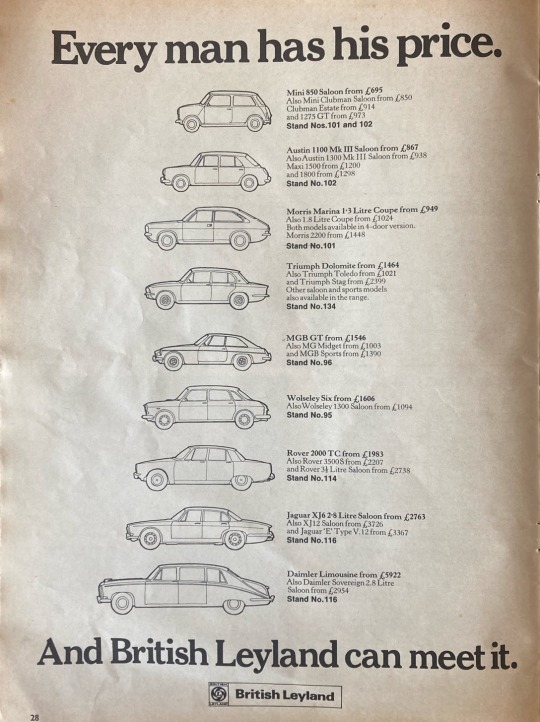
British Leyland advertising for the 1972 London Motor Show in October of that year. Happy New Year everyone
180 notes
·
View notes
Text

1978 LAND ROVER 109 PICK UP
#1978 LAND ROVER 109 PICK UP#LAND ROVER#LAND ROVER PICKUP#LAND ROVER 109#VETERANBIL#CLASSIC PICKUPS#CLASSIC CARS#PICKUP#LAND ROVER SERIES#CARSPOTTING#OFF ROAD#4X4#BRITISH LEYLAND#ROVER COMPANY#ALL-WHEEL DRIVE
71 notes
·
View notes
Text

Austin Allegro - Version 4.
www.axesent.com
#austin#british leyland#bmc#allegro#render#illustration#custom#british cars#classic#stance#axesent#kansei gazou
71 notes
·
View notes
Text


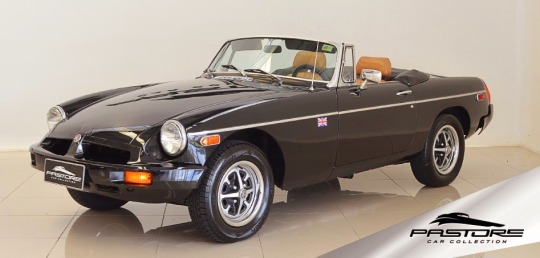




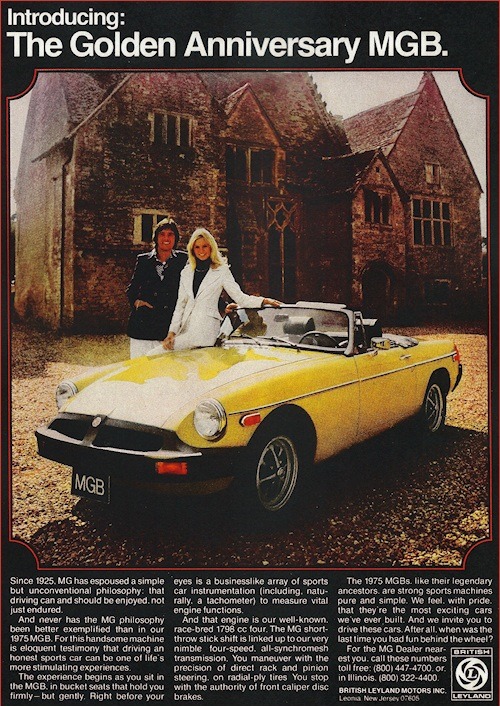
🇬🇧 Embark on a journey through time with the iconic MG MGB —a classic car that has captured the hearts of enthusiasts around the world! Since its introduction in the 1960s, the MGB Roadster has been synonymous with British motoring heritage, combining timeless design with exhilarating performance.
👉 The story of the MG MGB begins in 1962 when it made its debut as the successor to the popular MGA. Designed to appeal to a new generation of drivers, the MGB featured sleek lines, a convertible top, and a powerful engine, making it an instant hit among sports car enthusiasts.
🚘 Under the hood, the MGB was powered by a range of inline-four engines, delivering lively performance and agile handling. Its lightweight construction and responsive steering made it a joy to drive, whether cruising along winding country roads or tackling hairpin turns on the racetrack.
💡 The MGB quickly gained a reputation for its reliability and affordability, earning it a dedicated fanbase that continues to grow to this day. With its timeless design and spirited performance, the MGB remains a sought-after classic car among collectors and enthusiasts worldwide.
⚙️ Over the years, the MGB underwent various updates and revisions, reflecting advancements in automotive technology and design. Despite changes in the automotive landscape, its enduring appeal and iconic status have cemented its place in automotive history.
🌟 Whether admired for its elegant lines, spirited performance, or rich heritage, the MG MGB Roadster continues to captivate drivers and enthusiasts with its timeless charm and undeniable charisma.
#brits and yanks on wheels#retro cars#transatlantic torque#vehicle#cars#old cars#brands#companies#automobile#american cars#mg#mg motor#mg rover group#british automotive#british motor corporation#british cars#british leyland#english cars#old car#classic car#cool cars#race car#sport cars#sports cars#vintage cars#history#morris garage#classic cars#automotive#industry
23 notes
·
View notes
Photo
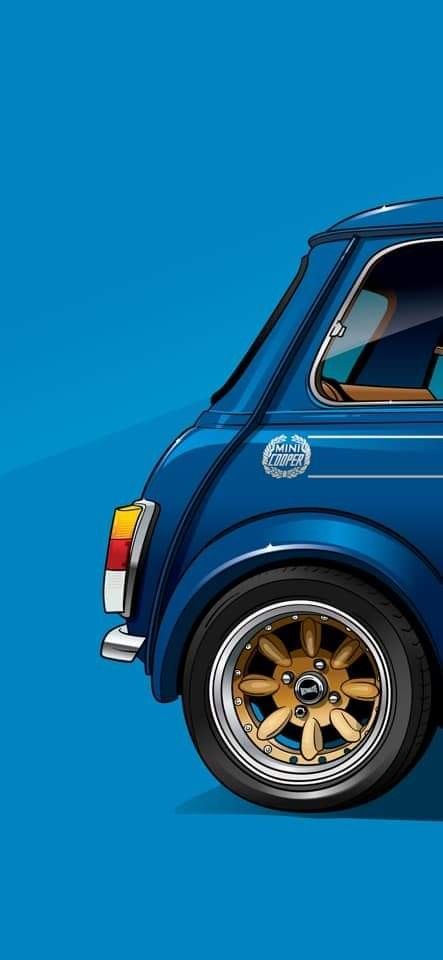
224 notes
·
View notes
Photo

As with any early Jaguar, even the advertising needed to be fixed. From the car files: ad for the 1974 Jaguar E-type V-12 convertible.
#1974#70s cars#british cars#jaguar#1974 jaguar e-type#jaguar e-type#jag#jaguar v-12#v-12 cars#british leyland#sports cars#classic cars#jaguar converible
57 notes
·
View notes
Photo

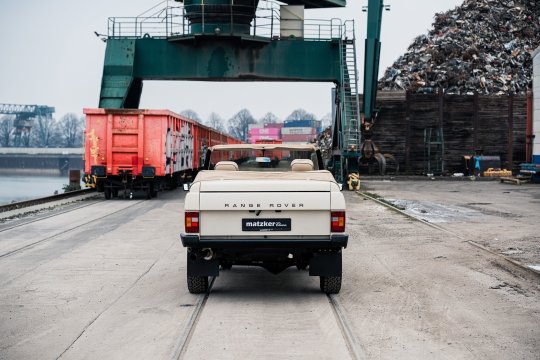
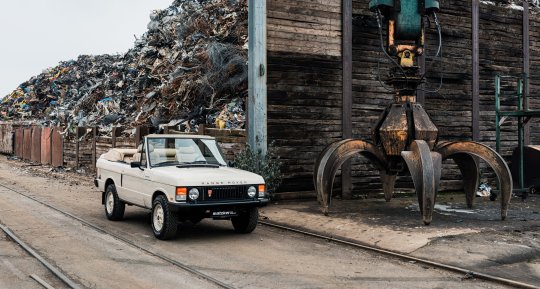


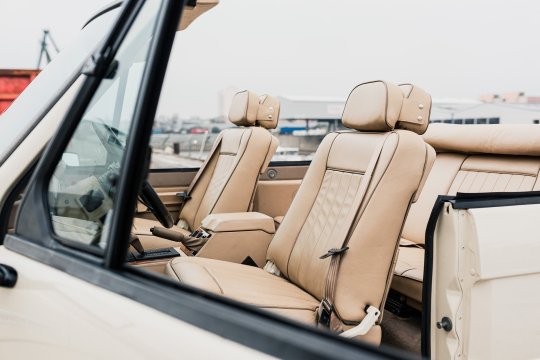



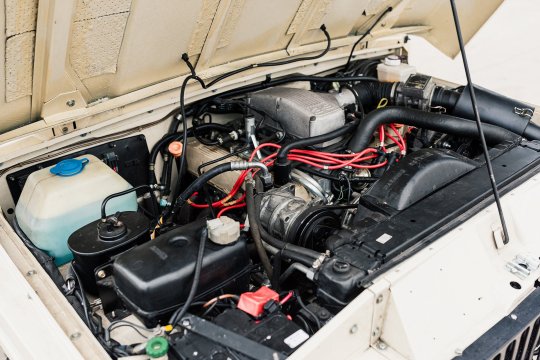
Range Rover Goodwood (tailor-made by Wood & Pickett).
While the Range Rover has always been the 4x4 of choice for royals and industrials alike, sun-loving jetsetters were missing an open-top version for their tropical hideaways. Luckily, London-based coachbuilders Wood & Pickett solved that problem in bespoke quality and style.
Luxury SUVs are common as muck these days, but if we were able to engage reverse gear and back-up 40-odd years there was really only one to choose from – the legendary original Range Rover now known as the ‘Classic’, and they don’t come much more ‘Classic’ – or rare – than this superbly restored and thoughtfully resto-modded convertible that, for our money, effortlessly outclasses anything similar being made today.It’s true that Mercedes-Benz had its G-Wagen and Jeep its Wagoneer back in the ‘80s, but the former was more utilitarian than the Range Rover and the latter simply far less chic. But while the Rangie might already have been widely regarded as truly ‘the best four by four by four by far’ there were plenty of people who wanted one that was more than a bit different from the regular production model.Solihull’s bosses discovered this for themselves in 1980, when a one-off prototype designed to test the viability of an ‘ultra luxe’ Range Rover was loaned to Vogue magazine as a prop for a Biarritz fashion shoot. When the images were published, as many enquiries were received about the car as about the Jaeger clothes and Lancome perfume that the shoot was intended to promote – and so an initial run of 1,000 ‘In Vogue’ special editions was produced.The prototype had been created by London’s Wood & Pickett which was established 20 years earlier by former Hooper coachworks craftsmen Bill Wood and Les Pickett. The firm initially made a name for itself by adding luxurious and expensive upgrades to Minis, work that initially attracted the attention of celebrities such as Rolling Stone Mick Jagger and later that of the Middle East’s super-wealthy oil sheiks. To them, however, small was not always beautiful. More often, they wanted large, and the larger and more expensive the better. So in their eyes, the names ‘Wood & Pickett’ and ‘Range Rover’ went together like a horse and carriage.
Soon, W & P (along with similar outfits such as Vantagefield, Glenfrome, Monteverdi and Rapport) was doing a roaring trade in Range Rover upgrades, making the most of the cars’ boxy shape and separate chassis to create everything from stretched limousines to Rangies designed for going on shoots and safaris and for carrying polo kit and elaborate picnic sets.The Wood and Pickett cars were among the most accomplished, and the firm’s managing director Eddie Collins (formerly the marketing boss of rival Mini customiser Radford) was a smooth talker who could probably sell sand to the Arabs. But instead he sold them convertible Range Rovers – capitalising nicely on the fact that cash-strapped British Leyland (the then owner of Land Rover) couldn’t afford to design and make a soft-top of its own.
Most of the history of this Wood & Pickett Range Rover convertible has been lost in the mists of time, but if its early years were spent travelling through the desert in style it must have taken a wrong turn along the way – because it ended-up on a run-down housing estate in Poland where it was discovered by the current owner around a decade ago.Although still in its original coat of Range Rover ‘Masai Red’ , the car was in a decidedly sorry state. Its electric roof, torn and holed, had allowed rainwater to soak the interior, ruining everything from the plush velour seats to the once-gleaming wooden trim. Its original 3.5 litre, carburettor-fed engine had been replaced with a fuel injected lump that was running rough, and the prospect of the car ever taking to the road again seemed slim.Once acquired, the car was shipped to Germany where it was stripped to its bare bones in order for a ground-up restoration to commence – a project that turned out to be a considerably larger task than expected. In fact, it took more than eight years – plus the purchase of an additional, four-door donor car - to transform the original, badly neglected relic into what you see here: a classic Range Rover convertible like no other.
Although still instantly recognisable as one of Wood & Pickett’s two-door ‘Goodwood’ conversions, it has been given something of a safari look thanks to its immaculate coat of Rolls-Royce ‘Fenland Sedge’ paint, colour-coded Vogue wheels and the perfectly tailored fawn convertible roof (that once again retracts effortlessly at the touch of a button). All-new interior trim in biscuit leather continues the safari/desert theme, while freshly burnished woodwork and a Moto-Lita steering wheel enhance the overall feeling of quality.
43 notes
·
View notes
Text

The Range Rover added luxury to the go anywhere motoring of the Land Rover in 1970. Permanent 4 wheel drive and a top speed of around 100 mph made it suitable for off-road or motorway driving. Seen at Nomads March meeting in current issue of Classic and Competition Car. Free to read at www.classcompcar.com
#cars#car#classic car#british car#motoring#motor car#Land Rover#British Leyland#Solihull#4x4#Off Road#Range Rover
3 notes
·
View notes
Text
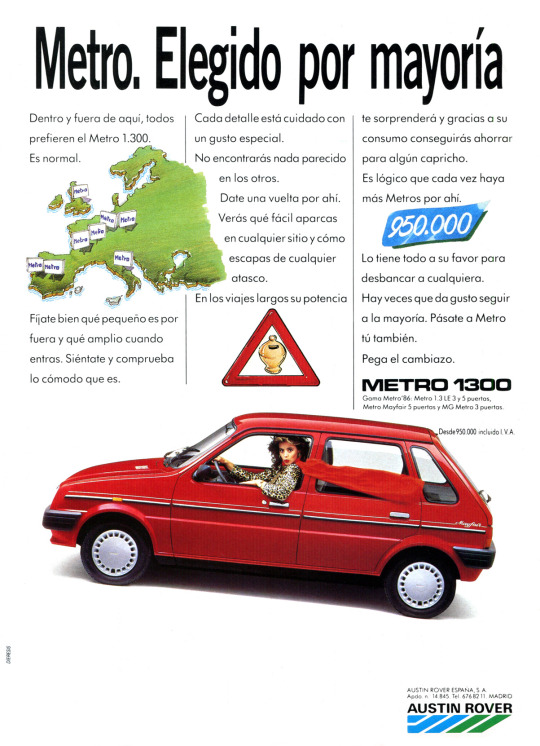
Austin Rover Metro advert. Spain, 1986
#austin#rover#mg#metro#austin mini metro#austin rover metro#mg metro#rover metro#british leyland#british cars#1980s#austin metro
14 notes
·
View notes
Text

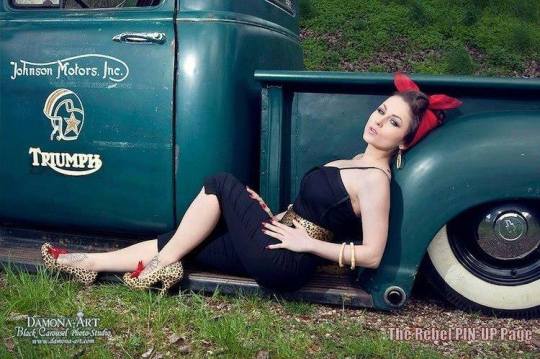
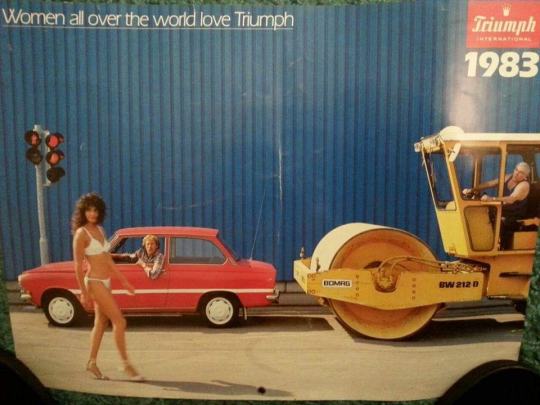
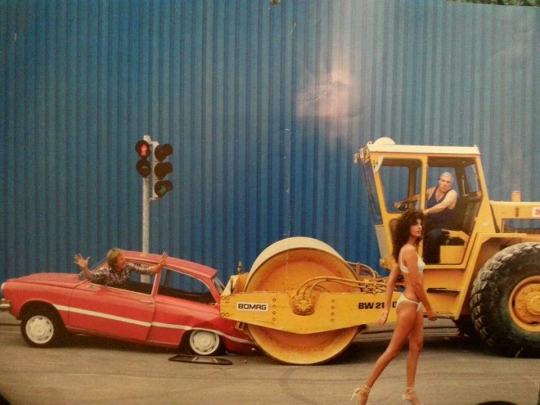
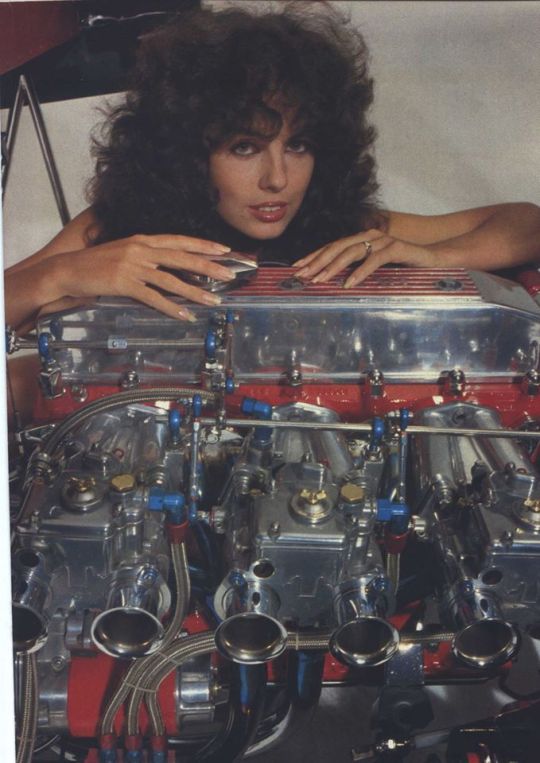
Un TRIUMPH peut en cacher un autre....
5 notes
·
View notes
Text





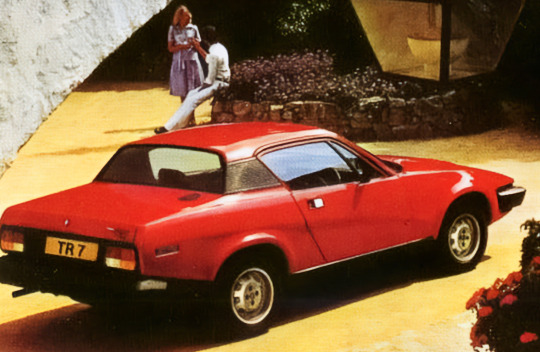
Triumph TR7, 1975. The car that “won” the BLMC internal competition to become their mass-market sports car for the 1970s. The designed was by Harris Mann with styling that “hinted” at a mid-engine layout though it was a conventional front-engine, rear drive sports coupe. The car was launched in the US in January 1975, with its UK home market debut in May 1976. The UK launch was delayed at least twice because of high demand for the vehicle in North America. Despite strong sales production ended in 1981 as part of British Leyland's rationalisation plan.
Fun fact: Earlier this year Kevin Morby released a new album that included a track called Triumph in which he sings about driving a Triumph TR7
#Triumph#Triumph TR7#British Leyland#british sports car#1975#1970s#Harris Mann#BLMC#dead brands#Kevin Morby
275 notes
·
View notes
Text
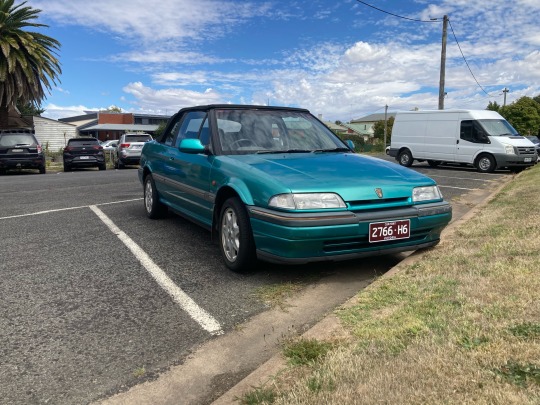


Rover 216i auto spotted in Beaufort Victoria Australia #jdm
5 notes
·
View notes
Photo
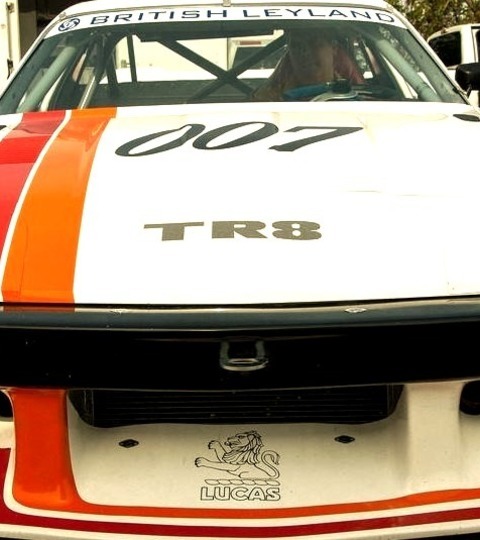
Triumph TR8
2 notes
·
View notes
Photo

(via "Aged British Leyland Factory Rust" Sticker for Sale by RedFirecracker)
1 note
·
View note
Text

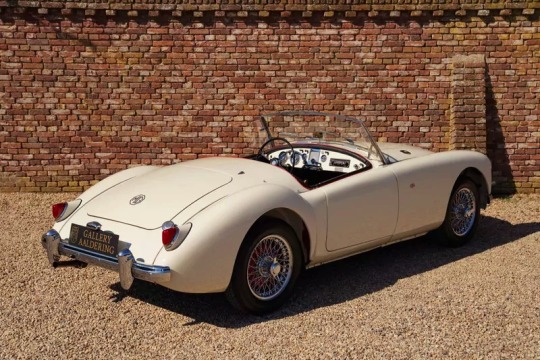
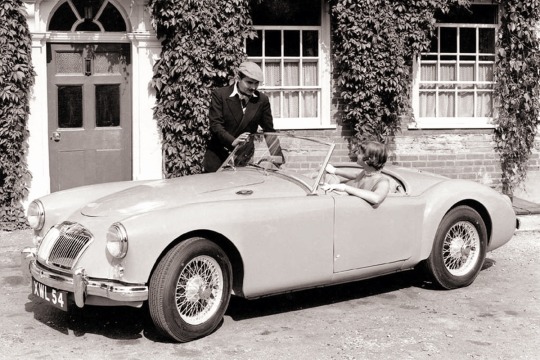


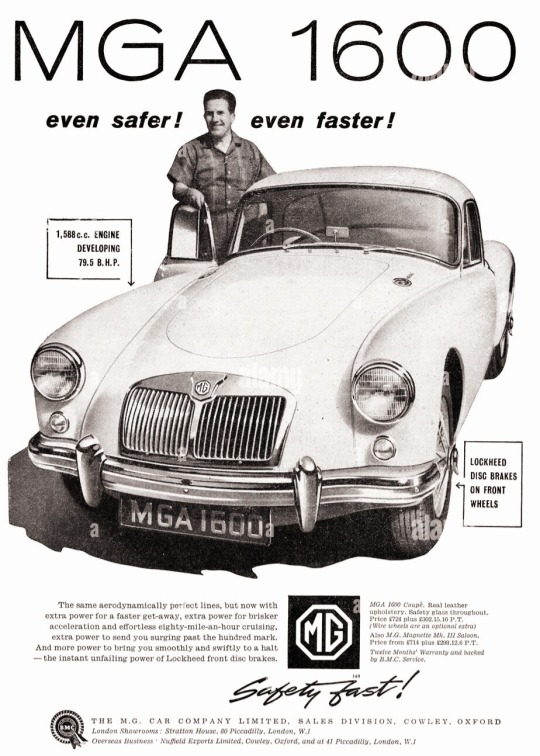
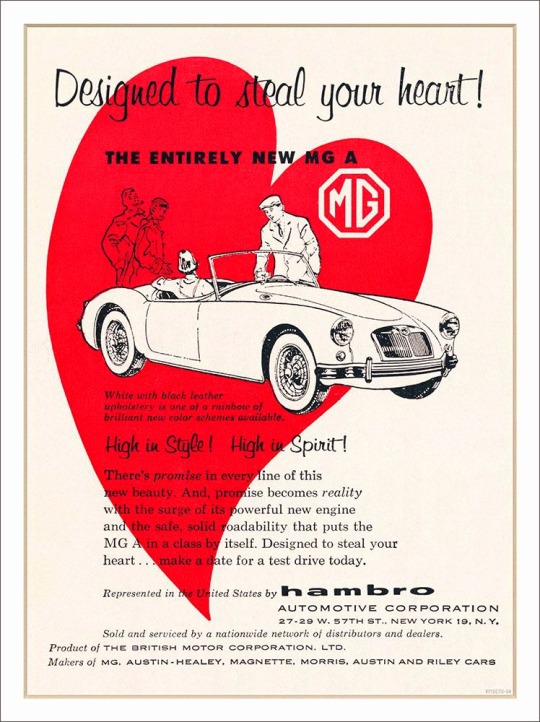

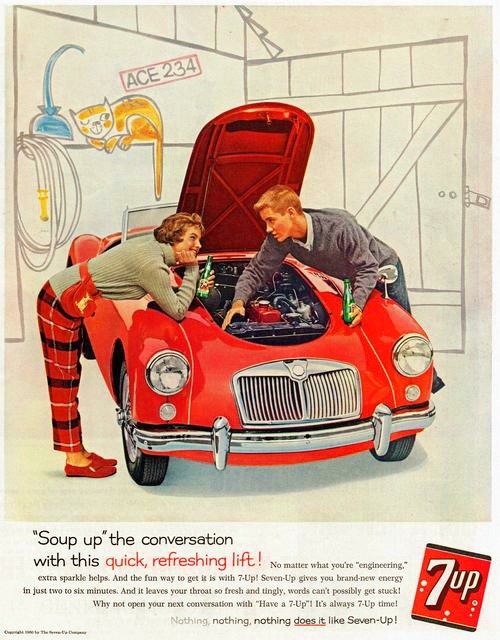
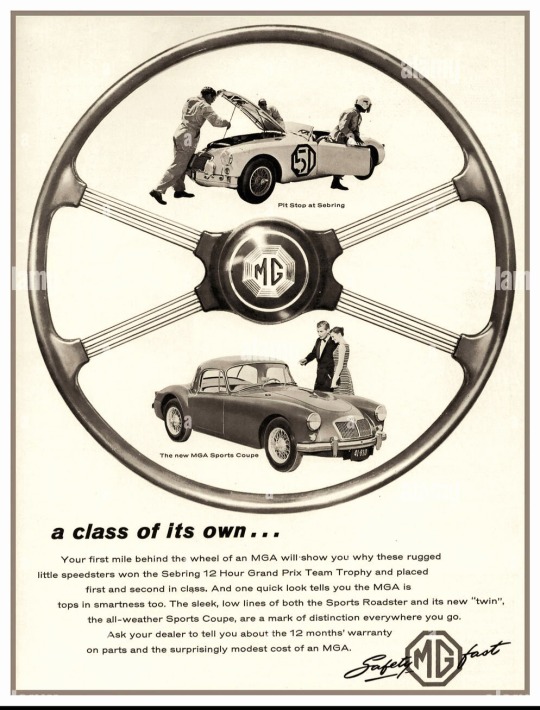
🇬🇧 Explore the captivating history of the MG MGA—a timeless classic that embodies the essence of British automotive craftsmanship! Introduced in the 1950s, the MGA made waves with its striking design and exhilarating performance, captivating drivers around the globe.
👉 The MG MGA marked a significant milestone for MG sports cars. Announced on 26 September 1955, the car was officially launched at the Frankfurt Motor Show. With its sleek contours, graceful curves, and distinctive grille, the MGA epitomized elegance and sophistication on the open road.
🛞 The MGA design dates back to 1951 when MG designer Syd Enever created a streamlined body for George Philips' TD Le Mans car. As it was so different from the older MG models, it was called the MGA, the "first of a new line" to quote the contemporary advertising. There was also a new engine available; therefore, the car did not have the originally intended XPAG unit but was fitted with the BMC B-series engine allowing a lower bonnet line.
🚗 Underneath its sleek exterior, the MGA boasted a lineup of powerful engines, delivering an unforgettable driving experience characterized by agility and precision. Whether navigating winding country roads or zipping through city streets, the MGA offered a thrilling ride that left a lasting impression.
👑 The MG MGA quickly gained iconic status, earning recognition in pop culture and becoming a symbol of automotive excellence. The MGA has been raced extensively in the U.S. since its 1955 introduction and with considerable success. In Sports Car Club of America competition, the MGA has won numerous regional and national championships.
🌟 Whether admired for its iconic aesthetics, dynamic performance, or rich heritage, the MG MGA continues to evoke passion and admiration among collectors and enthusiasts worldwide.
#brits and yanks on wheels#retro cars#transatlantic torque#vehicle#cars#old cars#brands#companies#automobile#english cars#made in uk#made in england#england#mg#mg motor#british motor corporation#british cars#british leyland#mg mga#mg rover group#sport cars#sports cars#race car#racing#sports car club of america#design#designer#championship#exterior#syd enever
11 notes
·
View notes
Text
Car Spot: 1992 Mini Cooper
A small car with big fun. The Mini Cooper, this week's car spot.
If ever there was an iconic British car, this is it …
I was surprised when I started writing this article that fuel shortages are nothing new. It was one in 1956 that was the push British Motor Corp. needed to develop the Mini. Introduced in 1959, it was the car’s space-saving transverse engine and front-wheel drive layout – allowing 80% of the car’s floor pan to be used for passengers and…

View On WordPress
#Mini#Mini Cooper#BMW#British Leyland#Car Spots#car spotting#featured#MINI Clubman#savageonwheels.com
0 notes